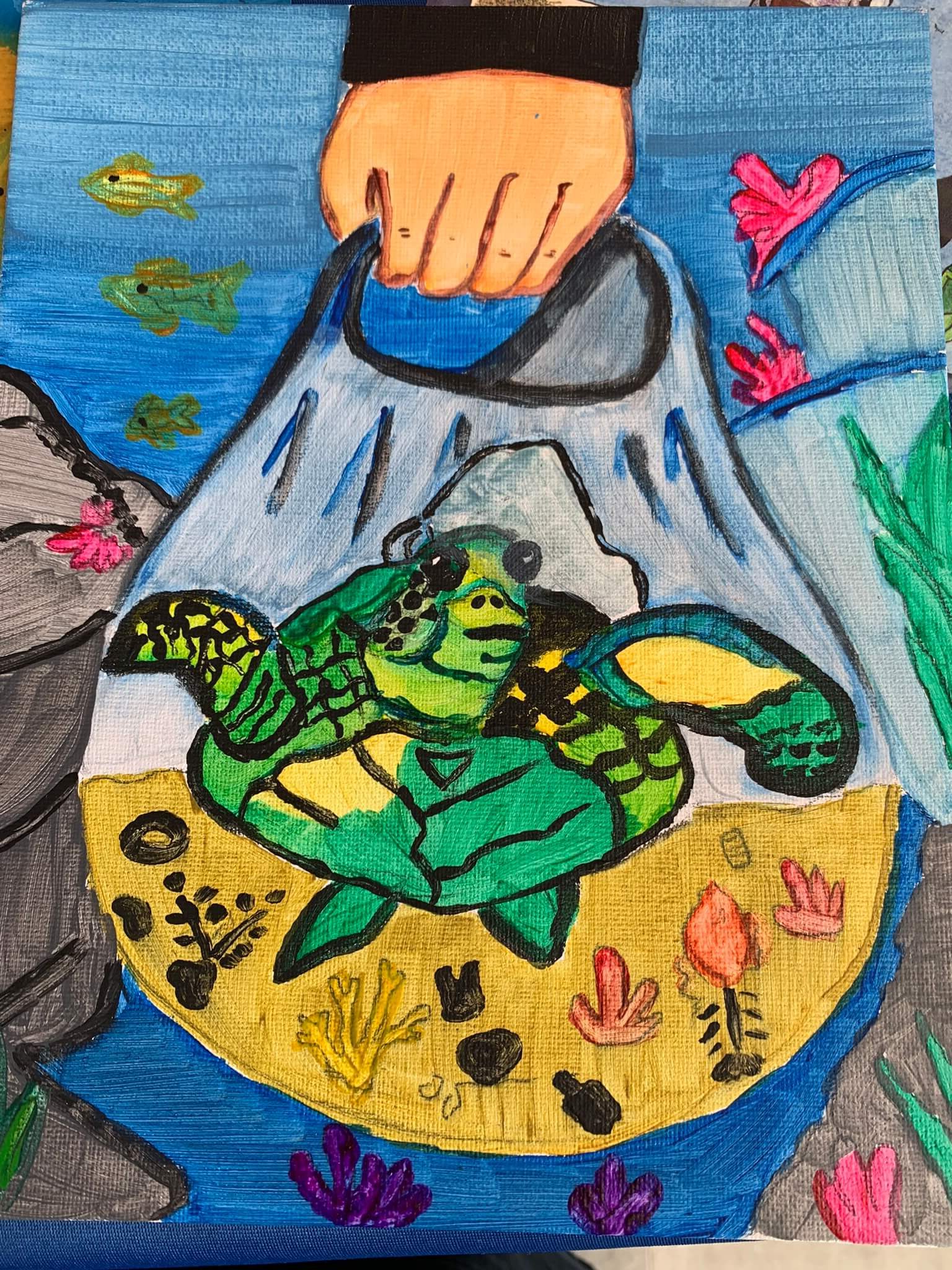From the moment we awaken to the chime of our plastic alarm clock, our day is entangled in a web of plastic – from the toothbrush we use, to the shampoo bottles we squeeze, to the plastic lids on our milk cartons. But this material—so convenient and ubiquitous—is now a silent menace to the very fabric of human existence.
In the Pacific, where single-use plastics are common for their durability, convenience, and affordability, they represent an even greater threat.
A marine plastic pollution researcher from the University of the South Pacific, Andrew Paris, says this danger is not well understood.
“This is something a lot of people don’t really know about – the insidious, toxic nature of the use of plastics that we see in everyday life,” said Andrew Paris. “That has even shocked me because I’m trying to rationalise this in my head, trying to figure out how the plastic manufacturing industry is allowed to lace everyday plastics that we use with toxic chemicals.”
These plastics contain 13,000 different types of chemicals – of which, 3,200 chemicals are of potential concern, Paris notes.
“A lot of these chemicals are intentionally added to the plastics to give them the desired shape and include additives,” Paris adds.
The Geneva Environment Network (GEN) states growing evidence points to health risks posed by plastic additives, including endocrine disrupting chemicals (EDCs), which are linked to infertility, obesity, diabetes, breast cancer, and so much more.
If that is not concerning enough, these plastics, once discarded, do not ‘break down’; they ‘break up’ into what is now known as microplastics, which are less than 5 millimetres in size and are invisible to the human eye.
A research paper published in the Journal of Hazardous Materials estimates that humans ingest around 0.1 to 5 grams of plastics a week, and inhale up to 22 million micro-and nanoplastics annually.
According to Paris, microplastics research has gained momentum in the past five to seven years, and the results, as he describes, can be “shocking to say the least”.
He said: “We find plastics in the land, in the sea, in the sky, and in the food chain, and recent studies have found microplastics in humans as well, in human placentas, lungs, human colons, and breast milk as well.”
He continued: “When you look at the exposure of people to these plastics, there’s different types of exposure routes, for instance, ingestion, inhalation, and direct contact with plastics, and it tends to cause different types of effects.”
According to the researcher, “billions of dollars are lost in the economy because of the sickness and disease that are caused by exposure to chemicals and plastics.”
The effects are disproportionately filtered through society, according to Paris, and many of these chemicals tend to impact hormone production regulation in babies, prepubescent teenagers, and pregnant females.
“Microplastics can be concerning because we are finding them pretty much everywhere. So when you look at marine plastic debris, around 80% of all the plastics that end up in the oceans are from land resources, so that is a significant source of the problem,” Paris said.
While this is a global problem, its effects are often amplified in small island countries like Fiji and others in the Pacific. According to Paris, a IUCN study in 2020 found that only 48.5% of Fijians have access to centralised waste collection.
“That means more than half of the country does not have the luxury of wrapping up their plastic bags and putting them on the curb side for collection, and that severely limits our option; it is either burned, buried, or discarded somewhere,” he adds.
He continues that in 2017 alone, Fiji imported 50,000 metric tonnes of plastic. Considering that 90% of Fijians live within 10 kilometres of the coastline, these plastics will end up in rivers and in coastal environments if not properly disposed of.
“In terms of the plastic paradox, we produce a lot of waste from plastics, but we don’t produce enough to warrant any significant large-scale investment into recycling, stripping down, or sorting facilities, and so we are talking about Fiji as economies of scale; we don’t have enough to warrant a significant investment in this,” Paris said.
The problem extends to policies and infrastructure as well.
Paris describes the current policy framework as quite patchy. “There have not been any significant, comprehensive policies that have come into play that look at plastic as a waste prevention issue rather than a waste management issue.
“Policies tend not to focus on the human health impacts; policies don’t mention things like microplastics policies; they don’t look at trade bans or importation bans or capping the imports and production of plastics, so there is a lot to be done in this field,” he explains, adding, “We don’t have adequate infrastructure to deal with all the plastic waste that is being produced. Fiji has one sanitary landfill in Naboro and eight large landfills that are not really well regulated.”
The cost to government can be significant. Fiji can trade in plastics but it has to invest millions into waste production and waste management.
When the numbers are added from the plastic waste that tourists contribute-estimated to be seven times more per day than locals-drastic measures need to be taken.
In the zero-waste hierarchy, “we need to be looking at prevention, reuse, and disposal before we start looking at recycling, recovery, and disposal”, said Paris.
“Again, policy frameworks need to be picked up and drastically improved, and the tourism industry needs to look at individual choices, organisational choices, or procurement of different things.”
He says the Pacific needs to look at a number of responses.
“The first solution we’re talking about is to turn off the plastic tap and because we don’t manufacture a lot of plastics in Fiji or in the Pacific…we’re trying to advocate for upstream solutions for plastic pollution.”
Paris believes there needs to be more political will to make this change.

One Response
Comments are closed.